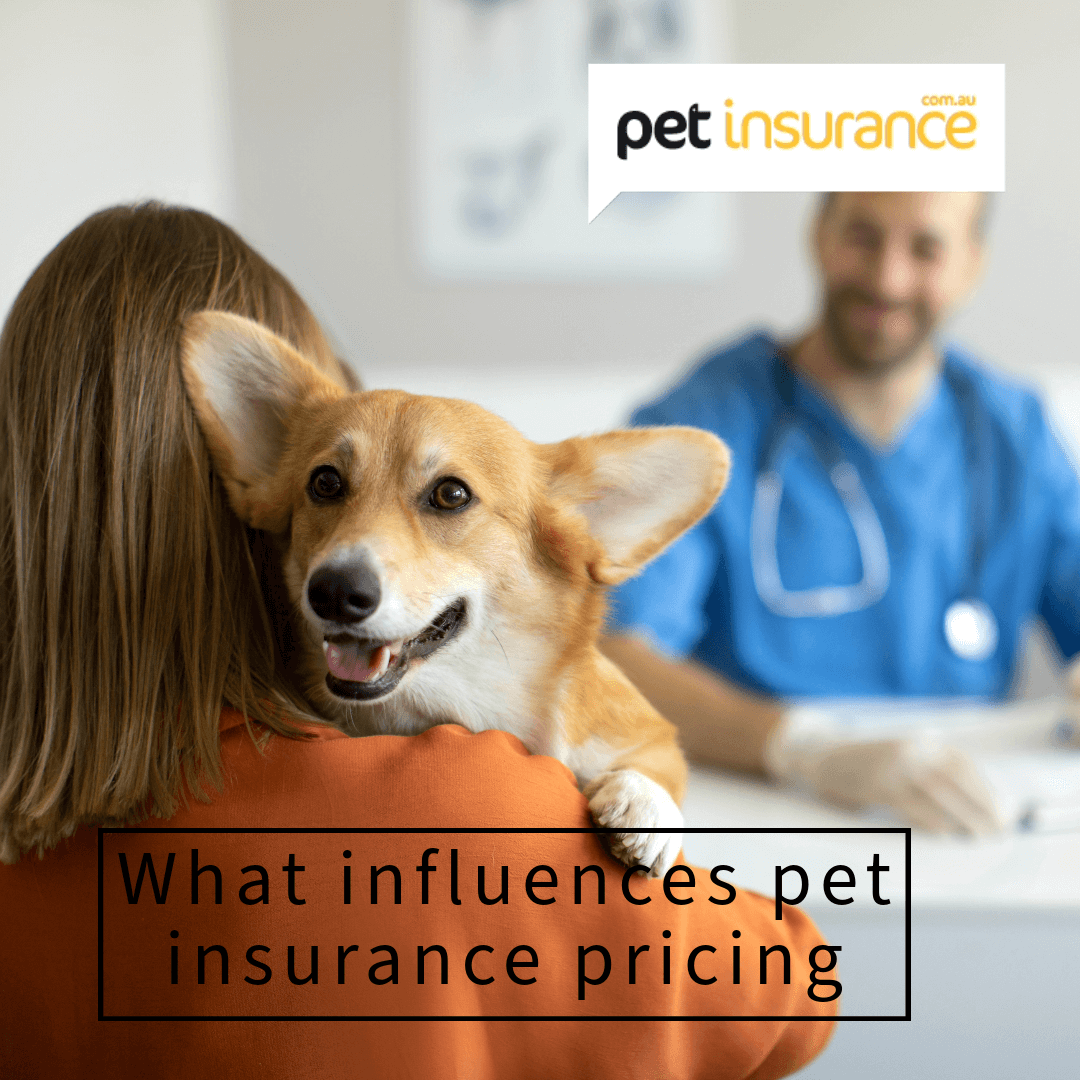Pet insurance: what factors influence pricing?

Being financially prepared is a key part of pet ownership, which is why it’s important to understand pet insurance and the different factors affecting premiums.
Key highlights:
- Your pet’s age and breed
- Tech advancements in veterinary science
- Pet vs human healthcare costs
Pet insurance is risk-rated which means there are lots of factors that impact the risk profile, and the pricing of your policy. From where you live to your claims history, there are many things that shape pricing but the key factors we focus on in this blog are your pets’ age and breed, and cool tech advancements in veterinary medicine.
“We cover these factors to explain how pet insurance premiums are calculated and can rise each year”.
- Your pet’s age and breed matter
Let’s face it, our pets age way faster than we do. One human year is equivalent to about 5.3 dog years. As pets grow older, the likelihood of needing veterinary care increases. While pets encounter illness and accidents at every age, older pets are more likely to experience more health conditions, like arthritis or cancer, which can mean more trips to the vet and higher treatment costs for mum and dad.
Also, did you know the breed of your furry companion can impact your premium? Certain breeds may be prone to specific health issues which increases their risk profile. For example, French Bulldogs, Pugs, or Boxers can develop Brachycephalic Obstructive Airway Syndrome (BOAS), a condition often requiring costly treatment. If you’re thinking of getting a dog, do your breed research (Top 10 Dog Breeds | Petinsurance.com.au) so you know which health conditions they may experience during their lifetime.
- Tech advances in vet care
Veterinary medicine is always advancing, thanks to better diagnostic tools and equipment. While this is great for our pets’ health, tech advancements and innovations can drive up costs. Frequent diagnostic testing, like blood tests, have become more common, aiding in the early detection of health issues. However, this heightened level of care comes at an additional cost. The cost of diagnostic tests per claim has risen by around 23% year-on-year, according to PetSure**, partly due to increased expenses from pathology labs.
Pet healthcare costs experience inflation. Innovations, advanced diagnostics, and better medications improve pet healthcare but contribute to higher pet healthcare costs.
- Comparing Pet and Human Health Costs
Despite popular belief, some medical procedures for pets can cost as much as those for humans. For instance, research shows that the cost of managing a cruciate ligament repair for a pet is nearly on par with the cost of this treatment for a human.^. But unlike human healthcare, there’s no “Medicare” for pets, so uninsured pet parents have to pay the full vet bill, which can often be a big and unexpected cost.
Lastly, remember that pets have much shorter lifespans than humans. This means pet healthcare costs increase more rapidly over a shorter period of time. So, while pet insurance premiums may seem higher compared to private human health premiums, they are actually following a similar trend when you factor in the accelerate rate in which pets age. Pet insurance premiums tend to rise at around 20% per year, while human health premium rise by 3.5% per year. However, when you take into account the lifespan of a pet compared to a human, it works out to be a similar annual increase1.
Being financially prepared for pet healthcare costs is a key to part of ensuring your pet’s wellbeing. Whether you do this by having a savings account, credit card, loan, or a pet insurance policy, having a plan in place is important.
In a nutshell, knowing why pet insurance premiums rise each year can help you understand the different things that impact your policy, so you are better prepared for healthcare costs and to take care of your fur baby when they need it most.
Sources:
1 Pet insurance premium increases estimated using PetSure data. Health insurance increases estimated by a comparison to the average price increase for private health insurance (PHI) provided on: Average annual price changes in private health insurance premiums | Australian Government Department of Health and Aged Care. This average for PHI makes no allowance for changes in product coverage over the 27 years of data used. Comparison of a premium figure compounded over 80 years at 3.5% (human) versus 15 years at 20% (pet) gives a similar end state (within 3%). This implicitly assumes a similar premium trajectory on a comparable age basis.
^ The human health cost examples are based on Medical Costs Finder | Australian Government Deparment of Health as at April 2023. The pet health costs are based on PetSure claims data January – December 2022. Note that the human health costs have accounted for Medicare rebates.
# PetSure research on customer’s sentiment towards vet bills (Sept – Oct 2022)
~ Based on PetSure claims data for the 2022 calendar year
*Australian Government, Department of Health and Aged Care (https://www.health.gov.au/)
** PetSure claims data, comparing claims paid in May – July 2022 to those paid in May – July 2023.
Insurance products are issued by The Hollard Insurance Company Pty Ltd ABN 78 090 584 473, AFSL 241436 (Hollard) and/or PetSure (Australia) Pty Ltd ABN 95 075 949 923, AFSL 420183 (PetSure) (from 8 May 2023 only), administered by PetSure and promoted and distributed through their authorised representatives and distribution partners.
Any advice provided is general only and does not take into account your individual objectives, financial situation or needs. Cover is subject to the policy terms and conditions. Please consider the Product Disclosure Statement (PDS) to ensure this product meets your needs before purchasing, or choosing to continue with the product. PDS and Target Market Determination available on our partners’ websites. Meet our partners at petsure.com.au/partners.
